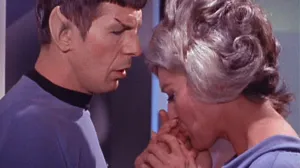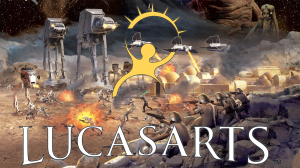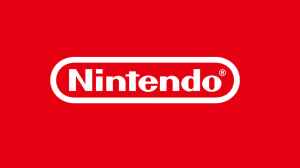When Black Lightning arrived on The CW in 2018, fans of the network’s existing franchise of DC Comics inspired television series, the Arrowverse, were surprised. Black Lightning wasn’t a part of the same world inhabited by The Flash, Green Arrow, Supergirl, the Legends of Tomorrow and, eventually, Batwoman. Instead, Jefferson Pierce and his family existed as their own entity. However, by Black Lightning’s third season, all of that changed with the hero — and his universe — becoming part of the Arrowverse thanks to the massive Crisis on Infinite Earths crossover event.
Videos by ComicBook.com
Black Lightning officially joining the Arrowverse in Crisis initially felt like a huge shift for the series and it certainly opened the door for the titular hero to make an appearance in another crossover, Armageddon. However, while fans may have been excited about Black Lightning being part of The CW’s big, shared universe, in retrospect, the series was never really fully integrated into the Arrowverse, wasting the hero’s larger potential, and offering the series nothing of value in return. The series, and the hero, should have been allowed to remain its own universe.
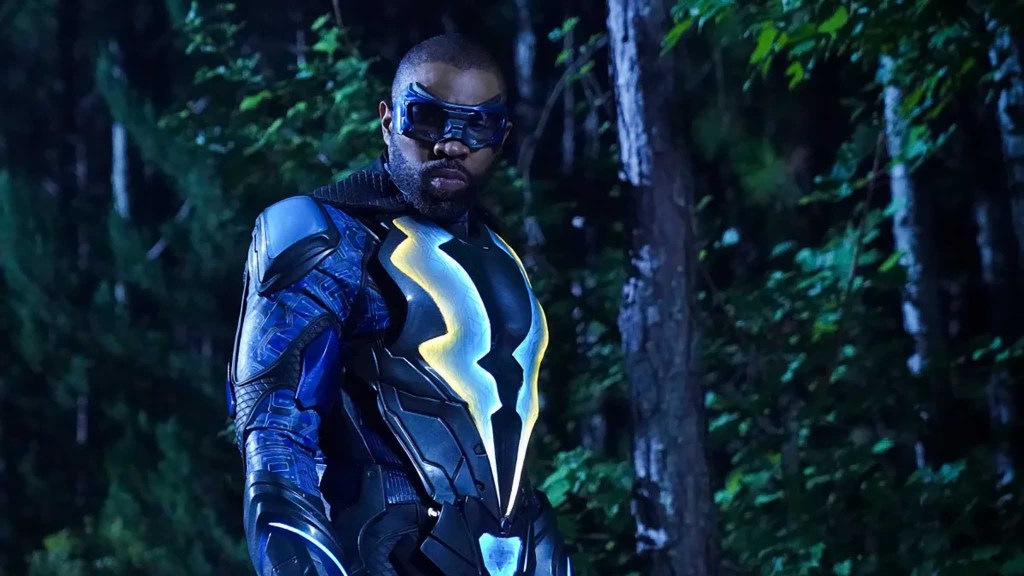
Black Lightning Was Never Meant to Be Part of the Arrowverse
While Black Lightning did end up part of the Arrowverse and it was admittedly cool seeing him interact with the Flash, the truth is that the series was, originally, never meant to be part of the Arrowverse. Ahead of the series’ premiere, then-The CW president Mark Pedowitz explained that the series had been intended to be its own thing from inception. Not only had it originally been initially developed for another network, but the show was different from The Flash, Arrow, and the others by design.
[RELATED: Did The CW’s Arrowverse Stick the Landing?]
“I’ve wanted to be in business with them for many, many, many years,” Pedowitz said of series creators Mara and Salim Akil. “It stems back to my das at ABC Studios. With Black Lightning, FOX had the pilot and they passed on it. So, Salim and Mara came in and said this is what we have. It was different from all of our other superhero shoes and it was never designed to be a part of the Arrowverse.”
Salim Akil himself also stated that Black Lightning was intended to be its own separate thing. For Akil, Black Lightning was meant to be its own world.
“I say this with all due respect, but they’re not really relevant to the show that we’re doing,” Akil said of the Arrowverse. “The great thing that Warner Bros. and CW allowed us to do was create our own world We really wanted folk to get to know this family before we started branching out.”
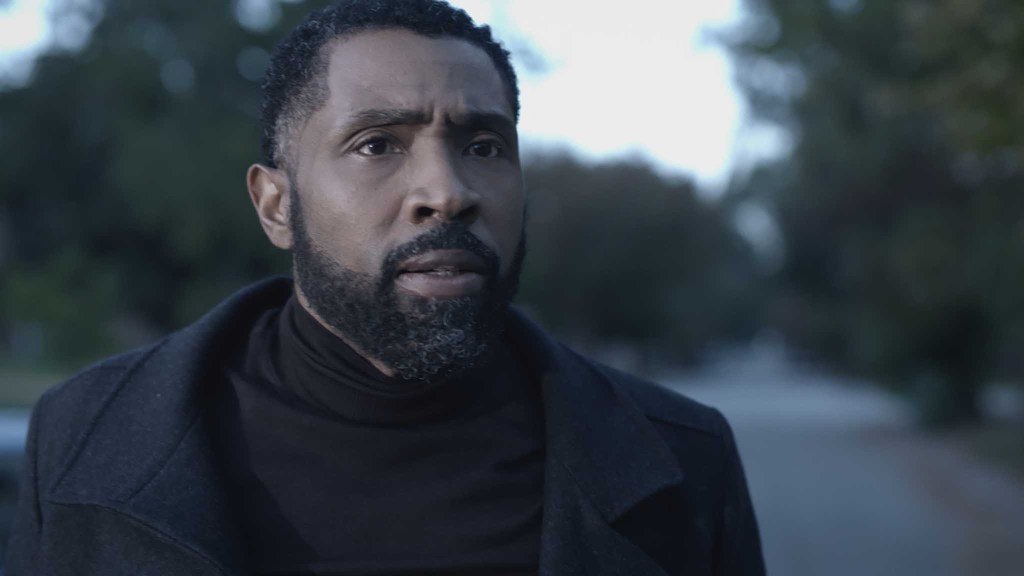
Black Lightning Was Tonally Very Different
Akil’s comments about Black Lightning doing something different than what The CW’s Arrowverse was doing turned out to be accurate. The series, which saw Jefferson Pierce, principal of Garfield High School and pillar of his community in Freeland, return to being the superhero Black Lightning when his daughters, Anissa and Jennifer, are kidnapped by Tobias Whale’s gang, The 100. While the threat to his family and his city prompting the hero to return is very much the stuff of most superhero stories, what set Black Lightning apart was that the series much more directly addressed cultural and societal issues than shows like Arrow and The Flash.
One of the best examples of this can be found in the series premiere. The episode saw Jefferson pulled over and mistreated by the police, even dragged out of his vehicle with no explanation for something that Jefferson did not do. The scene was one that was unsettling for viewers — and all too familiar for Black viewers, as it was taken from an event in Akil’s own life. Akil told ComicBook at the time that he had himself been pulled over in an intense traffic stop in the past and that starting Black Lightning off the same way was important to set the tone.
“There we discussions, because it was so intense, but it was never discussions where ‘we don’t want you to do this,’” Akil said about discussing the scene with the network. “It was more like ‘help us understand why, in the first episode, in the first few minutes…’ And I felt it was important to talk about all of the things we were talking about.”

Black Lightning Never Actually Felt Like Part of the Arrowverse
Even outside of being topically and tonally very different from the rest of the Arrowverse, Black Lightning just never really felt like it was a part of the shared universe even after being brought into it. This started with the ninth episode of Season 3, “The Book of Resistance: Chapter Four: Earth Crisis.” The episode was a direct tie-in to the Crisis on Infinite Earths event and saw the red skies of the Crisis arrive in Freeland. Jennifer Pierce even saw versions of herself from other Earths before a white wave — the same kind Arrowverse fans saw destroy Earth-2 — spread through Freeland and take the Pierces out with it. Black Lightning was mysteriously spared, enveloped by a blue light before disappearing, saved by The Monitor so he could aid the heroes (that bit viewers don’t find out until the third hour of Crisis).
While the Crisis episodes of Supergirl, Arrow, The Flash, Batwoman, and DC’s Legends of Tomorrow to a certain extent felt like natural story progressions for those series, Black Lightning’s tie-in just felt a little off. And while Black Lightning ends up being helpful to the heroes by helping contain the energy from an anti-matter cannon going critical and the hero becomes a part of the Justice League, there weren’t any significant changes to Black Lightning’s reality post-Crisis the way there were for every other hero. While the other series continue with there being serious implications for their worlds, Black Lightning went back to business as usual as though nothing ever happened. This allowed the series to continue its storyline — specifically the fight against the A.S.A. — but also left fans wondering why Black Lightning had been dragged into Crisis to begin with. Fans were particularly confused by the events of “Earth Crisis” and, generally, how none of it seemed to have mattered at all.
Ultimately, Black Lightning’s inclusion in the Arrowverse ended up being a case of wasted potential. The Arrowverse never really revisited the idea of the hero’s inclusion, save for an appearance in Armageddon where Barry asks Black Lightning to take away his powers. There were no crossovers from the mainline Arrowverse heroes to Freeland either, which felt like a reinforcement of the idea that Black Lightning was still its own world. By not more fully integrating Black Lightning in the franchise, The CW also just made things more confusing when it came to other DC series on the network. Stargirl, which also superficially “appeared” in Crisis on Infinite Earths as part of a reborn Multiverse, was never officially included in the Arrowverse despite it being suggested that that the Stargirl was tangentially a part of it. Superman & Lois, which had some very specific and direct connections to the franchise, also ended up not technically being an Arrowverse series. Adding Black Lightning did nothing for the series and just created lots of questions for everything else.
Black Lightning is streaming on Netflix.




